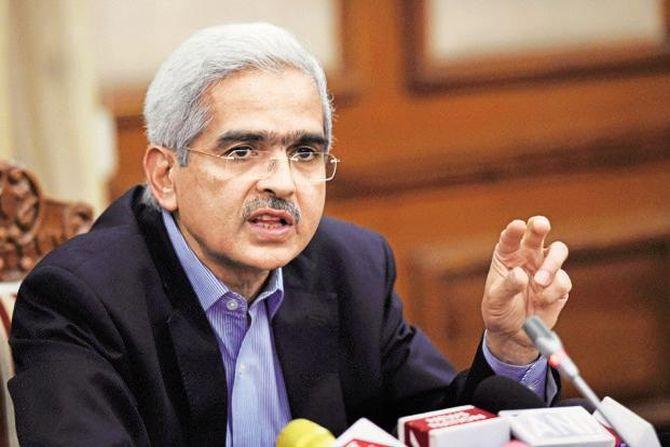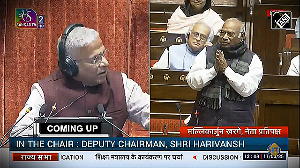Softening inflation, Das said would make available more policy space to the central bank to address risks to the growth going forward.

The Reserve Bank Governor Shaktikanta Das on Friday said there are a few slivers of brightness amidst the encircling gloom and hoped that India will stage a sharp V-shaped recovery in 2021-22 as projected by the International Monetary Fund (IMF).
Softening inflation, Das said would make available more policy space to the central bank to address risks to the growth going forward.
The IMF has projected sizable V-shaped recoveries for 2021, close to 9 percentage points for global GDP.
It expects India to record a sharp turnaround and resume its pre-COVID pre-slowdown trajectory by growing at 7.4 per cent in 2021-22.
The RBI Governor said, over the last three weeks, there have been a few data releases on domestic developments (including on factory output), but they are too disjointed to allow a comprehensive assessment of the state of the economy.
"Yet, there are a few slivers of brightness amidst the encircling gloom," he said, and cited his March 27 statement on continuing resilience of agriculture and allied activities on the back of all-time highs in the production of food grains and horticulture, with huge buffer stocks of rice and wheat far in excess of the buffer norms.
He further said that by April 10, pre-monsoon kharif sowing had begun strongly, with acreage of paddy – the principal kharif crop – up by 37 per cent in comparison with the last season.
States such as West Bengal, Telangana, Odisha, Assam, Karnataka and Chhattisgarh are leading in sowing activity despite the lockdown.
On April 15, the India Meteorological Department (IMD) forecast a normal south west monsoon for the 2020 season, with rainfall expected to be 100 per cent of the long period average.
"These early developments bode well for rural demand, supported as they are by accelerating fertiliser production up to February 2020," Das said.
The robust growth of 21.3 per cent in tractor sales up to February 2020 - as against a contraction of 0.5 per cent in April-February last year – may provide an offset to farm labour shortages on account of the lockdown, he added.
He, however, noted the index of industrial production (IIP) for February showing that industrial output accelerated to its highest rate in seven months actually does not capture the impact of Covid-19.
Latest data on exports too has turned out to be much more severe than during the global financial crisis.
The governor further said that in the period ahead, inflation could recede even further, barring supply disruption shocks and may even settle well below the target of 4 per cent by the second half of 2020-21.
"Such an outlook would make policy space available to address the intensification of risks to growth and financial stability brought on by COVID-19.
“This space needs to be used effectively and in time," Das said.
In its February bi-monthly monetary policy, the RBI had projected the GDP growth for 2020-21 at 6 per cent.
In the next monetary policy released in late March, the RBI said the implied real GDP growth of 4.7 per cent for fourth quarter of 2019-20 in the second advance estimates of the National Statistics Office within the annual estimate of 5 per cent for the year as a whole "is now at risk from the pandemic's impact on the economy".
As regards the outlook for 2020-21, RBI had said (March 27) that apart from the continuing resilience of agriculture and allied activities, most other sectors of the economy will be adversely impacted by the pandemic, depending upon its intensity, spread and duration.
If Covid-19 is prolonged and supply chain disruptions get accentuated, the global slowdown could deepen, with adverse implications for India, it had said, while sharply slashing the key lending rate by 75 basis points to 4.4 per cent.
Global financial markets remain volatile, and emerging market economies are grappling with capital outflows and volatile exchange rates.
Crude oil prices remain in a state of flux, despite the agreement on production cuts by OPEC plus countries.
Photograph: PTI Photo











 © 2025
© 2025